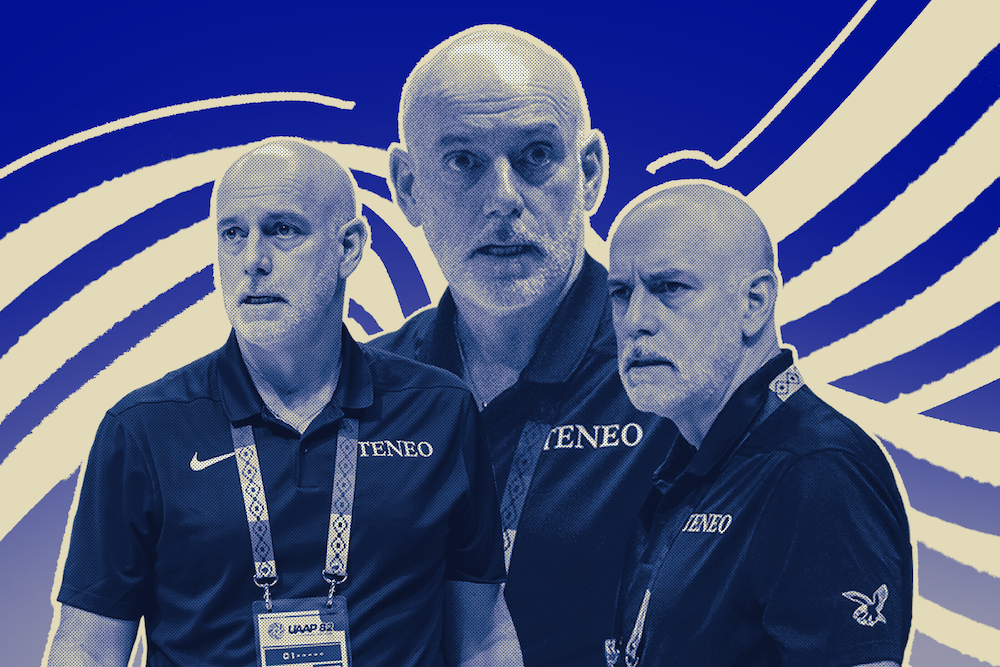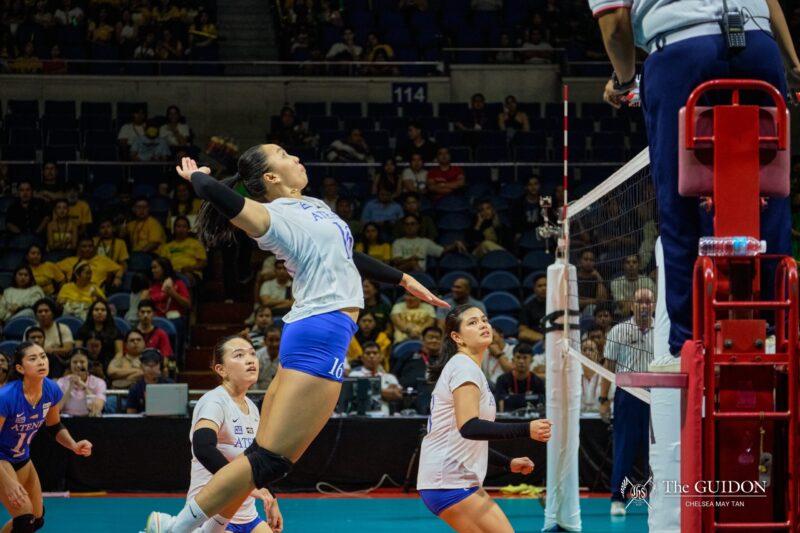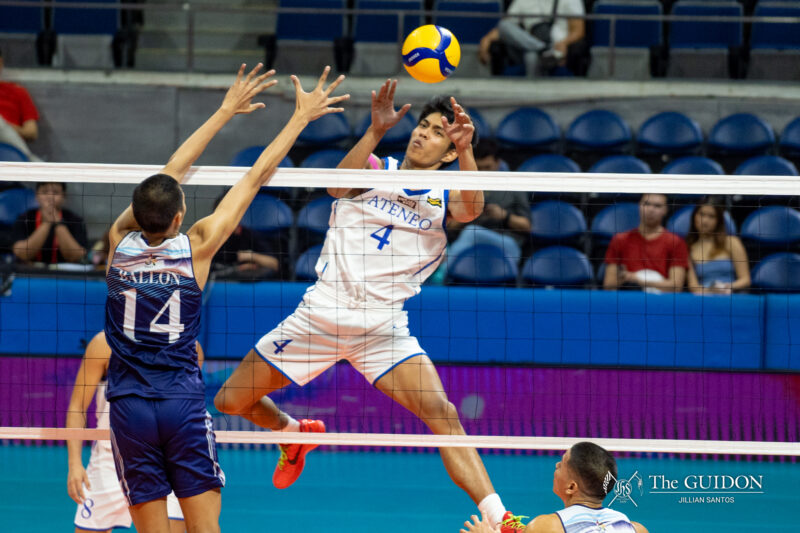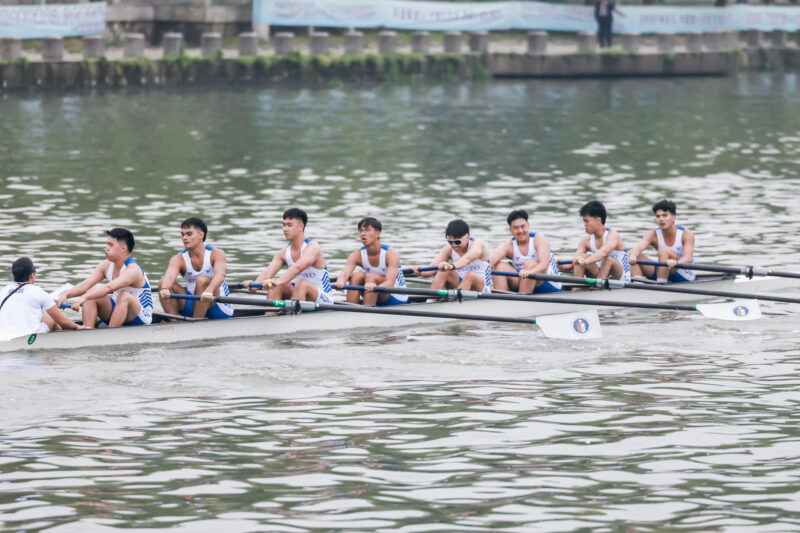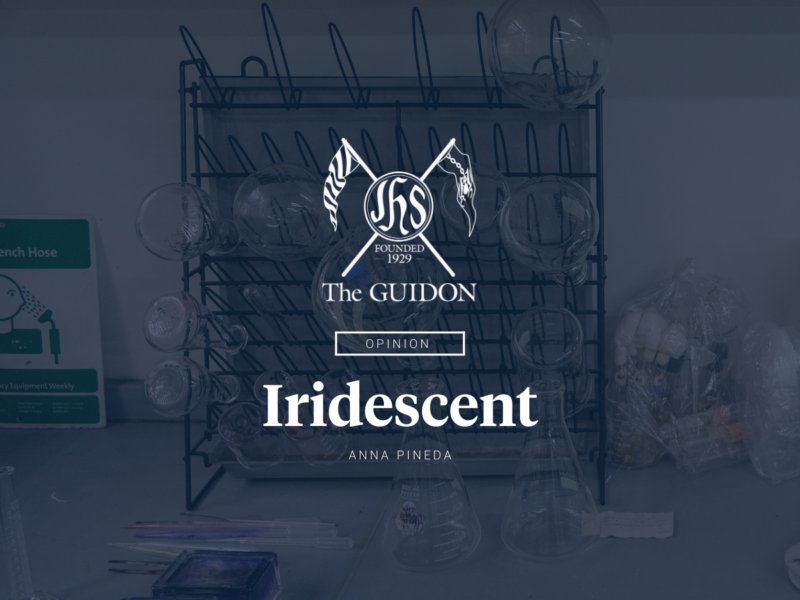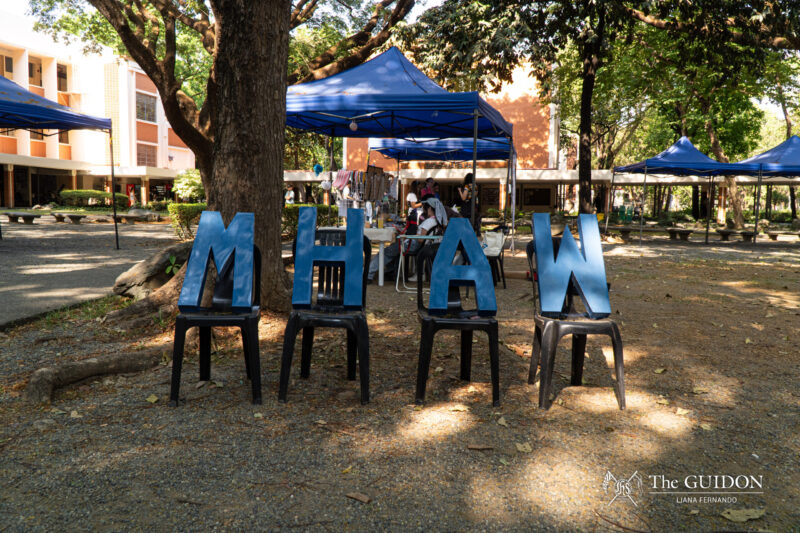ATENEO MEN’S Basketball Head Coach Tab Baldwin drew much attention after he made controversial comments on the state of Philippine basketball. While Baldwin’s remarks focused on how the Philippine Basketball Association’s (PBA) one-import-per-team rule in two of its three conferences is a mistake, there is a stark possibility that there are more factors contributing to the problems of Philippine basketball.
Simultaneously, Gilas Pilipinas finds itself struggling on the global stage with its poor showing in the 2019 Fédération Internationale de Basketball (FIBA) World Cup. As the 2023 FIBA World Cup approaches, existing systems in Philippine basketball must be closely examined to determine solutions that will propel Gilas back to international success.
Gilas in the global stage
Despite all its current shortcomings, the Gilas program showed signs of success at the turn of the decade. Following the Gilas Pilipinas program’s revamp in 2009, the Philippines slowly climbed its way through the ranks of the international basketball scene. In the 2011 FIBA Asia Championship, the national team placed fourth—the country’s best finish in the tournament since 1987.
Two years later, the Chot Reyes-coached Gilas Pilipinas gutted out an emotional 86-79 win against South Korea in the 2013 FIBA Asia Championships semi-finals. With the win, the team qualified for the 2014 FIBA World Cup—reaching the pinnacle of international basketball for the first time since 1978. Following their promising performance, the 2015 FIBA Asia Championship Gilas team mentored by Baldwin was just one controversial win away from qualifying for the 2016 Rio Olympics.
However, these breakthroughs that served as the climax of the Gilas program were met with succeeding years of disappointing performances. When Reyes returned as head coach for the 2017 FIBA Asia Cup, the Andray Blatche-less Gilas team dropped to an underwhelming seventh place finish. This was followed by the infamous brawl with Australia in a 2019 FIBA World Cup qualifiers game in July 2018, which further derailed Gilas with suspensions and fines.
In an effort to right the sinking ship, Gilas fielded a new set of players while Yeng Guiao took the helm as head coach. Under Guiao’s leadership, Gilas managed to qualify for the 2019 FIBA World Cup. However, the Philippines finished the international tournament with a lackluster 0-5 record, with four of the games ending in blowouts. Their last-place finish matched the country’s worst performance in 1978’s similarly winless showing.
Systemic issues
With Gilas Pilipinas’ underwhelming performance on the global stage, Baldwin may be correct to say that having single-import conferences in the PBA is a roadblock to Philippine basketball’s progress. Compared to other professional leagues in the East and Southeast Asian region, the PBA is the only league with this format.
As a notable contrast to the PBA, the presence of two imports in Chinese Basketball Association (CBA) teams improved local players’ physical toughness, propelling them to bag three FIBA Asia Championship titles from 2005 to 2015. Playing against imports also helped Chinese players like Yao Ming and Yi Jianlian prepare for international tournaments, which eventually led to their selection in the NBA draft.
Similar to China, the Korean Basketball League’s two-import rule helped South Korea achieve regional success as they took home the bronze medal in four editions of the FIBA Asia Championships from 2007 to 2017. This included an impressive showing in the 2017 edition that featured powerhouses Australia and New Zealand for the first time.
As evidenced by these neighboring leagues, it is undeniable that the presence of foreign players can elevate the level of basketball played in our country. Former PBA imports such as Renaldo Balkman and Terrence Jones allowed local athletes to play against bigger, taller, and stronger players that are comparable to the caliber of athletes in international competitions.
However, allowing more imports into the league is not without its drawbacks—the biggest disadvantage is the inadvertent loss of a roster spot for local players. With many Filipino players relying on their basketball careers as their main sources of income, having more imports would spell economic implications on many locals’ livelihoods.
Although the additional presence of imports can elevate the level of basketball played by our locals, the stagnation of Philippine basketball cannot be attributed solely to the PBA’s rule on foreign players. Another problem is Gilas Pilipinas’ insufficient preparation for international competitions due to the PBA’s three-conference season. For example, the 2019 season began on January 13, 2019 and ended on January 17, 2020, which forced Gilas to squeeze in their preparation time alongside the PBA season.
Consequently, the players’ availability adversely affected Gilas Pilipinas’s training hours. The national team only had two weeks worth of practice for the 2017 FIBA Asia Cup, while the team only trained for the 2019 FIBA World Cup twice a week for two months.
This, coupled with the long season, decreases players’ time to rest and recuperate from sustained injuries—making PBA teams reluctant to lend their players to the national team.
Conversely, global powerhouses such as Serbia and Spain have players that can devote their undivided attention to the national team due to the lengthier offseason in the NBA and the Euroleague. The long offseason gives their national teams ample time to train and develop the chemistry needed to properly execute their offensive and defensive systems.
On top of the scheduling conflicts with the PBA, Gilas Pilipinas’s frequent coaching changes also compounds the national team’s issues. In the past five major FIBA tournament cycles that Gilas participated in, they were led by four different head coaches. This prevented any continuity for Gilas, as having a new person at the helm came with a new system of play, a new culture built, and a new roster assembled. In contrast, world champions like the United States of America and Spain had a total of two coaches in the past 14 and 11 years, respectively, which allows for proper continuity in their respective national team programs.
Revamping Philippine basketball
In order for Philippine basketball to leave a mark on the global stage, the Samahang Basketbol ng Pilipinas (SBP)—the country’s national basketball federation—and the PBA must work hand-in-hand to restabilize the national team program. The SBP’s first task must be to appoint a long-term head coach so that the pool of core players may thoroughly acquaint themselves with the coach’s system and culture.
The second task is to restructure the PBA’s three-conference format to accommodate Gilas’s preparation for international tournaments while giving athletes more time to rest and recover. With ample training time and a stable coaching staff in place, Gilas will finally have the opportunity to build their camaraderie as a cohesive unit.
Aside from revamping the schedule, the PBA could also reexamine the single-import rule after discontinuing the Asian import rule that was implemented back in the 2015 and 2016 PBA Governor’s Cup. This time, the PBA could look into the provisions of other successful leagues such as the CBA, where lower-ranked teams are allowed to have up to three imports. Other league restrictions may include height and allowed number of playing time which would allow the PBA to improve the parity and competitiveness in their conferences.
From a tactical aspect, the Philippines should start veering away from an isolation-heavy style of ball that is reliant on individual skill and talent. Instead, Gilas Pilipinas should implement a system that emphasizes team play, ball rotation, and off-ball movement similar to the European style of basketball. This playing style’s efficiency can be seen in Baldwin’s Ateneo Blue Eagles who have dominated the collegiate level, defeated a PBA team, and placed fourth in the 2018 William Jones Cup.
As the performance of Gilas Pilipinas plateaus, high-ranking officials must gain a sense of urgency to right the ship once again. The PBA and SBP must undergo widespread reforms for the betterment of Philippine basketball, as current systems in place have proven to be insufficient. With the 2023 FIBA World Cup looming ahead, improvements must be made in every level of the Philippine basketball.

